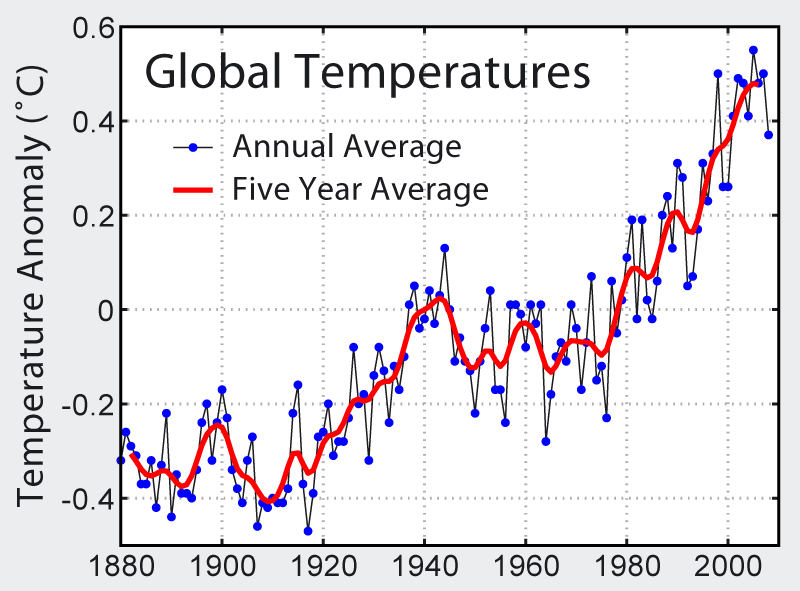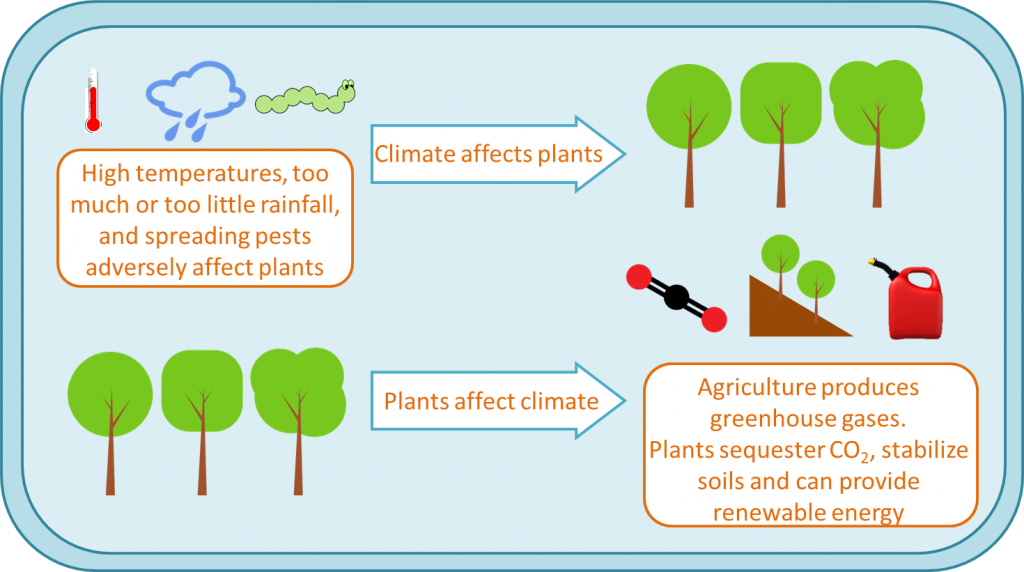
COP21 was the 21st session of the Conference of Parties of the UNFCCC (United Nations Framework Convention on Climate Change). Its goal, which it achieved, was to get governments to agree to cut carbon emissions in order to limit global temperature rise.
A resolution was passed, in which the 195 countries present agreed on the goals of keeping global average temperatures below 2C above pre-industrial levels and pursuing the objective of zero net emissions (which involves both lowering the rate of emissions and removing greenhouse gases from the atmosphere). To achieve this goal, each country presented a set of Intended Nationally Determined Contributions that outline how they intend to decrease emissions. (In other words, not just to pledge a goal, but to specifically outline the path to that goal, through programs that each country deems most appropriate for itself).
Many see the COP21 agreement as important first step in curbing emissions of greenhouse gases (a good analysis of it is here and another one here). Although some feel that the promises are in inadequate and unenforceable (see for example this Opinion in the New York Times), the expectation is that COP21 is the start of a “virtuous cycle”, and as countries make these first steps they’ll gain confidence, expertise and will to formulate more ambitious goals when they next meet.
COP21 and plant science
Climate change affects plants. Warming temperatures and changing weather patterns are already affecting food production as well as ecosystems more broadly. Plant scientists are responding to climate change by working towards “climate smart agriculture”. (See for example the Global Alliance for Climate Smart Agriculture and this video from FAO). To ensure adequate food production in the future, agriculture has to adapt. Adaptation includes breeding plants for greater heat, drought, flooding and salinity tolerance, adopting new crops and crop varieties, and changing production methods (such as adopting drip-irrigation systems, promoting agroforestry, increasing yields and reducing post-harvest losses).
Plant scientists also can contribute to the goal of zero net carbon emissions. These efforts include reducing greenhouse gas emissions (for example by decreasing the use of energy-demanding nitrogenous fertilizers and reducing methane emissions from paddy rice), leveling fields to decrease the need pump irrigation water, and developing alternative, photosynthesis-based fuels.
Education, education, education
COP21 is a clear call for governments to support science. To meet the stated goals, improved technologies are needed, from renewable fuels to carbon capture as well as the myriad efforts to develop climate-smart agriculture. COP21 provides an exciting opportunity to educate students and communities about the importance of plant science, which provides the foundations of future food security and climate mitigation.
Numerous articles, datasets and infographics about climate change were published surrounding COP21. Here we’ve assembled some of these excellent resources, including some developed primarily for educators. Although the agreements have been signed, the hard work and the need to build public support is just beginning.
Celebrities and climate
Celebrity voices have impact, which you might find useful as you engage with the public on this important topic. Here are messages about climate change issued by: Arnold Schwarzenegger, Bill Nye (the science guy), David Attenborough, Han Solo Harrison Ford, Katy Perry, Leonardo DiCaprio, Pope Francis (“the most trusted figure in the US on climate change”), and Robert Redford.
Resources about COP21, climate, and climate-smart agriculture
Agriculture and Food Security collection on Climate-Smart Agriculture
The BBC assembled a set of Six Graphics that explain climate change
The Breakthrough Institute publishes thought-provoking articles on the uses of technology to mitigate climate change
CGIAR (2015). Paris Climate Agreement unlocks opportunities for food and farming and numerous references therein, including Climate Smart Agriculture
FAO (2015). FAO’s Work on Climate Change: United Nations Climate Change Conference 2015
The Global Landscapes Forum met during COP21 and produced a set of videos and resources
Hawkins, B., Sharrock, S., and Havens, K. (2008). Plants and climate change: which future? Botanic Gardens Conservation International, Richmond, UK
IRRI Rice and climate change research
Journal of Experimental Botany (2015). Special Issue: Breeding plants to cope with future climate change
NASA Global climate change. Excellent, data-rich interactive site to explore the changing climate
National Geographic produced a special issue on Climate change
Nature put together an outstanding collection of articles, videos and news items about climate change and the Paris talks
The New York Times published an overview of the science behind the science talks
In addition to its many other resources, NOAA’s State of the Climate pages provide excellent resources to explore and discover the changing climate
Paul Ehrlich and John Harte wrote an Opinion article in PNAS, “To feed the world in 2050 will require a global revolution”
Plant Physiology. (2012). Focus Issue on Climate Change
Rosegrant, Mark W.; Koo, Jawoo; Cenacchi, Nicola; Ringler, Claudia; Robertson, Richard D.; Fisher, Myles; Cox, Cindy M.; Garrett, Karen; Perez, Nicostrato D.; and Sabbagh, Pascale. (2014). Food security in a world of natural resource scarcity: The role of agricultural technologies. Washington, D.C.: International Food Policy Research Institute (IFPRI).
The UK Met Office in conjunction with the World Food Programme published an interactive look at the future of food insecurity,and the Met Office has additional resources on climate science.
United Nations Environment Programme (UNEP) has an extensive collection of resources about and from COP21
USDA. (2015) Climate change, global food security and the US food system.
USDA (2015) Climate Solutions
US EPA. A Students guide to global climate change
The World Resources Institute site is full of articles, maps, data etc about climate and the environment. Here is an excellent summary of the outcomes of the talks, by Jennifer Morgan, “Four Signs the Paris Agreement Is the Start of a New Era in International Climate Action”
Resources for teachers
CLEAN: Climate literacy and awareness network. Teaching climate science
Oxfam. Climate challenge for 11 – 14 years
New South Wales Government Office of Environment and Heritage. Teach climate change.
NOAA (2014). Climate.gov Many resources including interactive maps and simulations
NOAA Education Resources. Climate
NASA (2015). Climate Kids – including the game “Offset” in which you need to plant trees and convert to sustainable energy before the earth cooks
NASA (2015). Resources for educators
National Center for Science Education. Teaching Climate Change
Royal Society (2014). Climate change: evidence and causes
Science Education Resource Center at Carleton College (2015) Teaching about climate change. Excellent resources for undergraduate education including course syllabi, class activities, datasets, models etc.
US EPA (2015). A student’s guide to global climate change
Do you have a favorite resource or educational tool on climate or climate-smart agriculture? Please share it in the comments!

1 thought on “Plants in the news 18 December 2015: The Paris Climate Talks (COP21)”